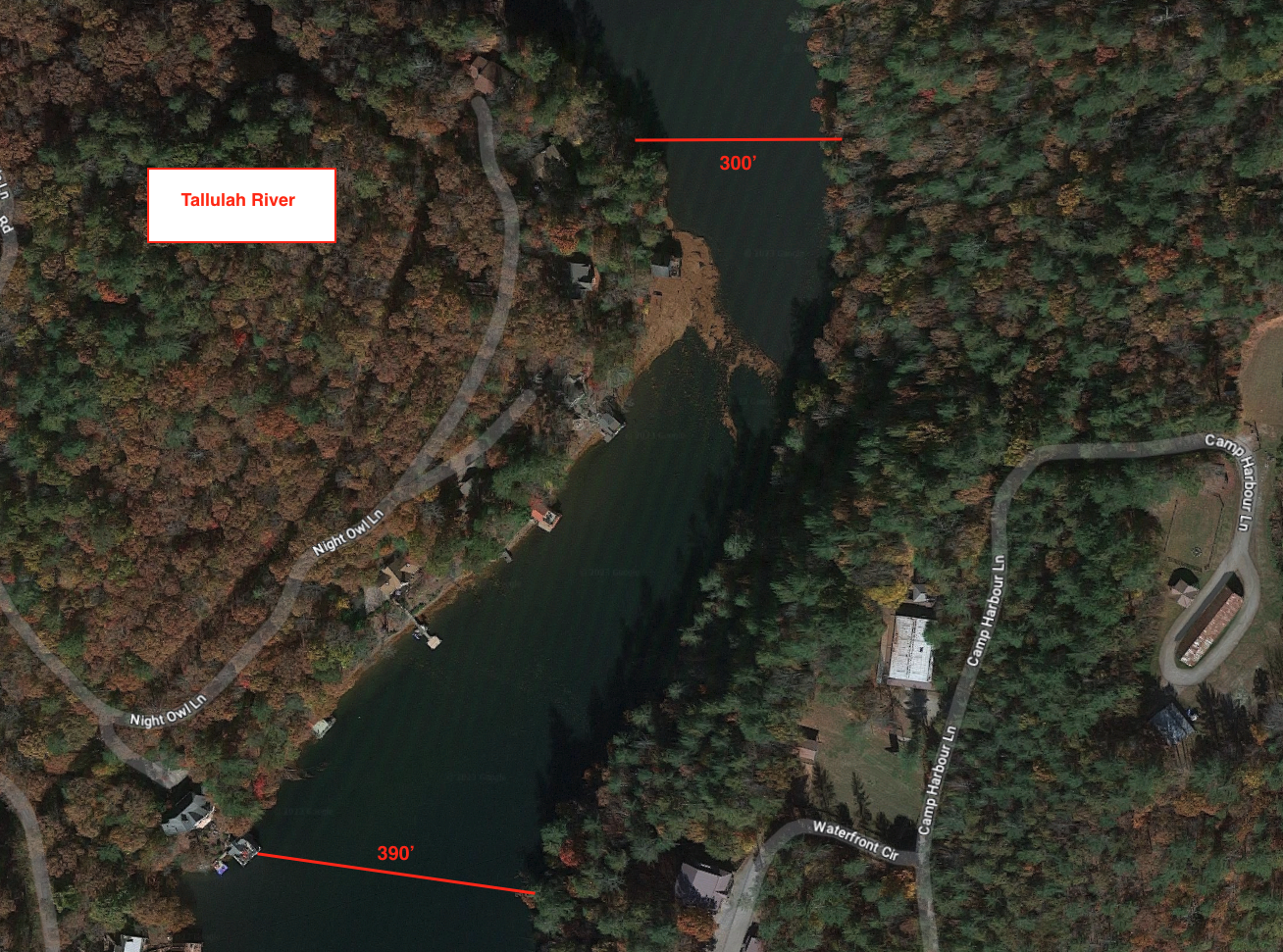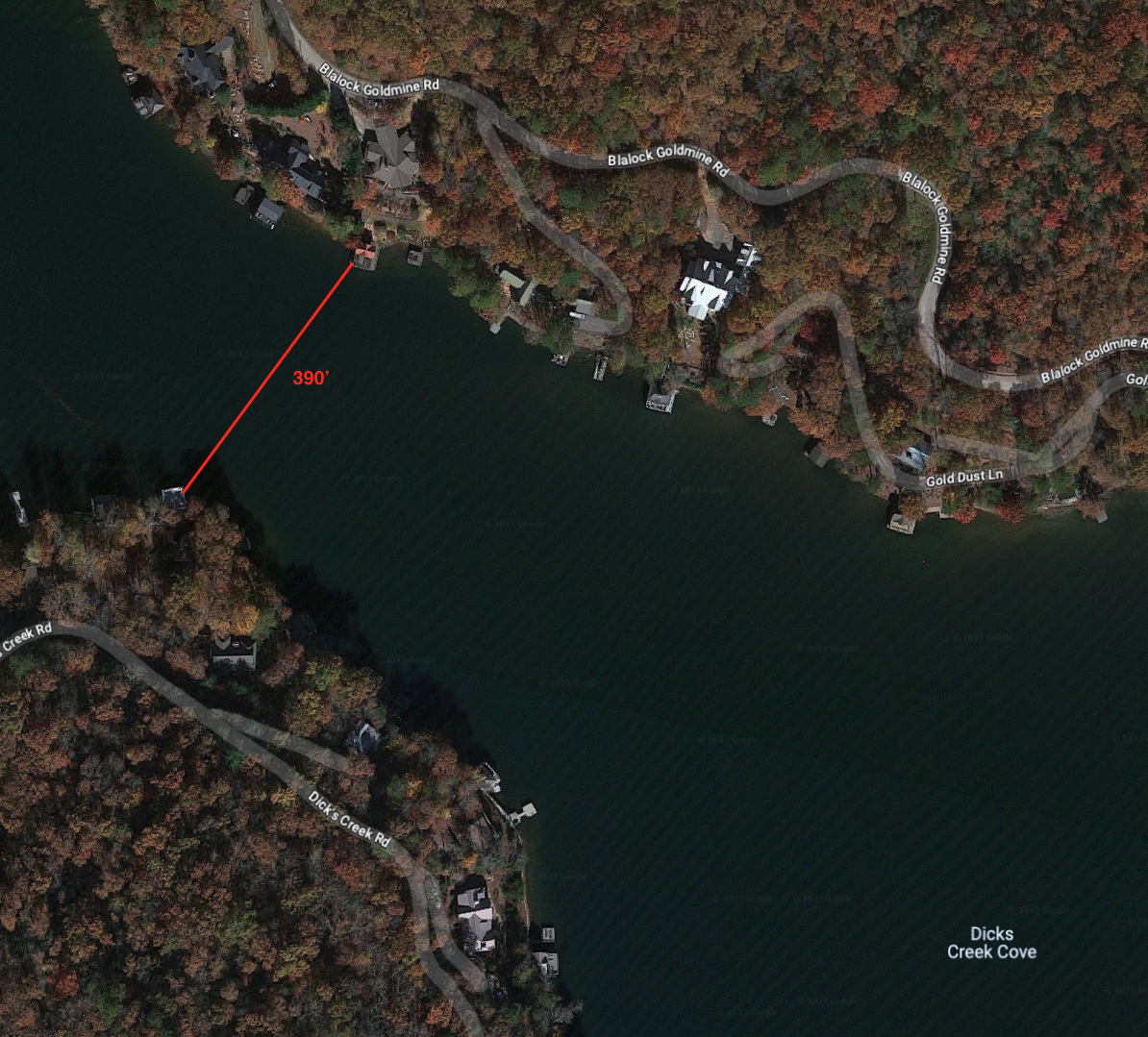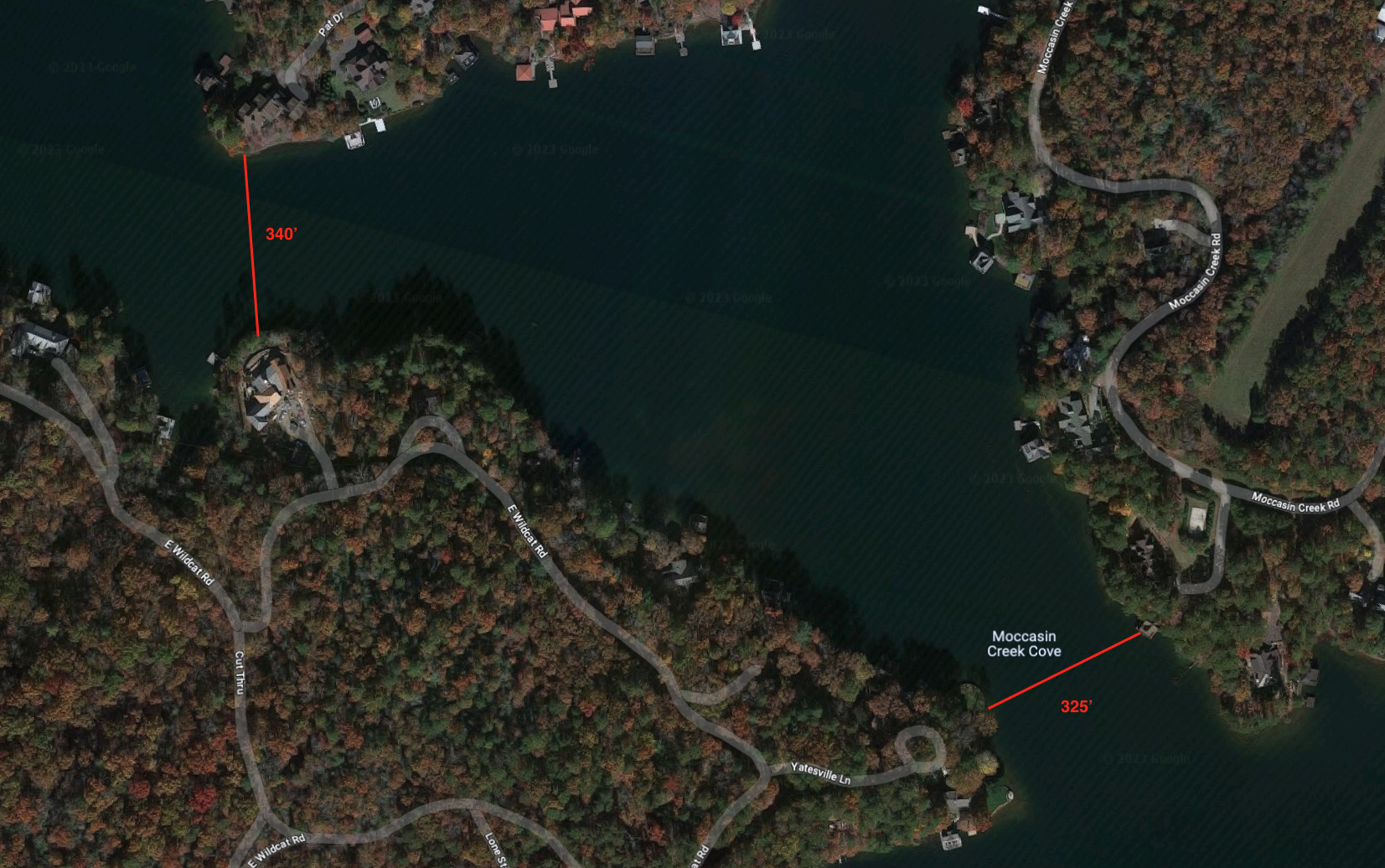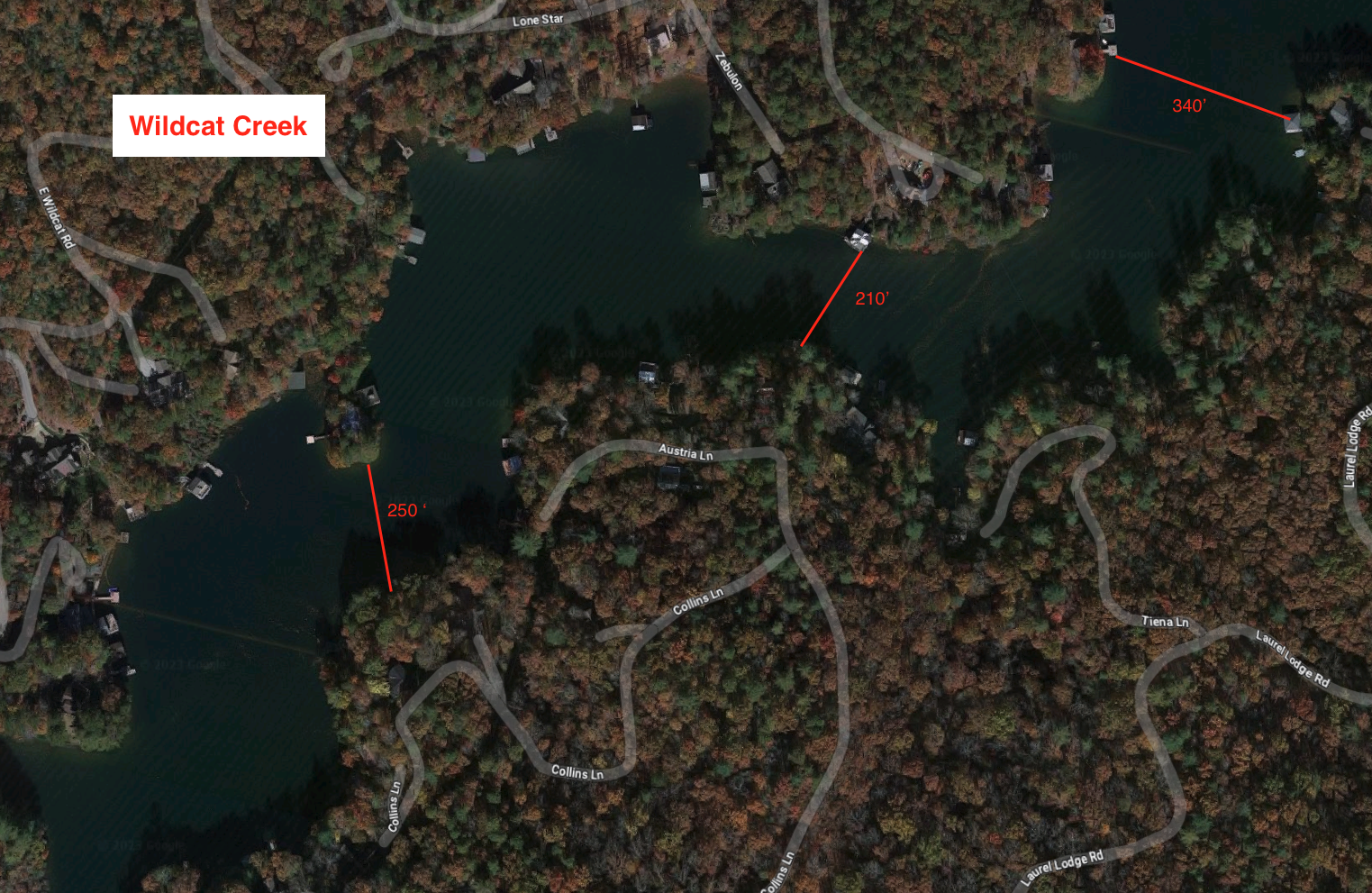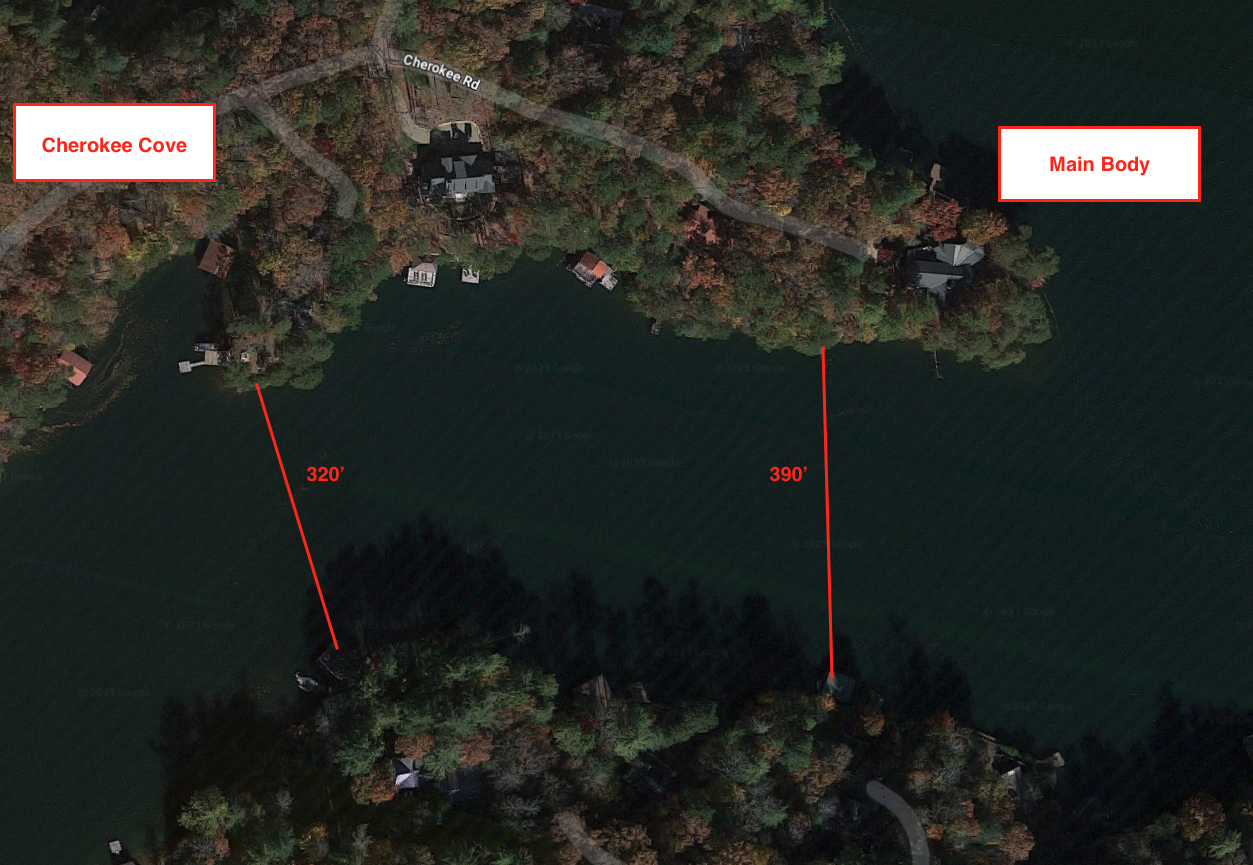HB 121 FAQ: How, what, why, where, when?
Please click on the question to see the answer.
HB 121 results from several organizations working to respond to safety and property damage concerns related to wakesurf boat wakes. These include the LBCA Water Safety Committee, the LBCA Executive Committee, the Lake Rabun Association, the wake boat industry, the Georgia DNR, and our elected Georgia legislators.
A huge thank you goes out to many who got this accomplished. Lake Burton Civic Association with Lake Burton resident Andrew Harris and LBCA Board Member deserve much credit. Harris used his 20+ year tenure as a lobbyist for Georgia Tech to good use. To accomplish this mission, he worked closely with GA Representative Victor Anderson, our local Representative, GA Senator John F. Kennedy, a Lake Burton resident, and GA Senator Bo Hatchett. Past President Chip Groome and LBCA President Elizabeth Gill have been in meetings with the leadership of the Lake Rabun Association for the past two years working on this task. Last year this bill failed to reach the floor.
In 2018, the a scientific study of wakesurfing and wakeboarding waves was conducted by the University of Tasmania. Read here.
The study showed that when wakeboarding at speeds between 22 - 24 mph, wakeboats need to operate 300 feet or greater from shore to have the same impact on the shoreline as a ski boat operating at 30.4 - 32.3 mph 100 feet from the shore.
When wakesurfing at speeds of 10 - 12 mph, wakeboats need to operate 400 feet or greater from shore to have the same impact on the shoreline as a ski boat operating at 30.4 - 32.3 mph 100 feet from the shore.
In 2021, the Lake Rabun Association and Lake Burton Civic Association hired Water Environment Consultants to prepare a study on their respective lakes. Read here.
The report recommended to require wakeboarding operations try to stay at least 100 yards away from any shoreline,dock, fixed objects or small craft. A 100-yard distance (a football field length) is likely more easily visualized by a boat operator than one described as a 300-ft distance. At a 100-yard buffer distance, wakeboarding wake heights will be slightly less than waterskiing or cruising wake heights at a 100-ft buffer distance. For wakesurfing operations, require the vessel maintain a 150-yard buffer distance. At 150 yards from the sailing line, the wake height is approximately 1 ft, still slightly larger than a cruising/skiing vessel at the 100-ft buffer distance, but it will be more manageable than the under the existing rules. These additions would result in only a few permissible wake boat zones in the middle of the widest parts of the Lake Rabun and Lake Burton.
In 2022, the University of Minnesota studied the difference in wakes of non-wakesurf boats to wakesurf boats. Read here. The results show that when operating under typical wakesurfing conditions, wakesurf boats required distances greater than 500 ft to attenuate wake wave characteristics (height, energy, and power) to levels equivalent to non-wakesurf boats operating undertypical planing conditions. A second example, in which the largest wave was used as reference for the non-wakesurf boats (Condition 1a), an operational distance of 425 ft or greater was required. The reference distance for the non-surfboats was 200' instead of 100'.
After the University of Minnesota study was released, the National Marine Manufacturers Association funded a study, read here, based on the 2015 Water Sports Industry Association funded study, read here. This study was widely criticized in the scientific community, read here.
Finally, in 2022, the State of Michigan DNR issued a report which you can read here.
HB 121 establishes regulations around the activities of wake surfing and wakeboarding. It does not regulate specific types of boats, and no boat has been prohibited. It is the activity of wakeboarding, wake surfing, or casting a surfable wave that is regulated by HB 121.
HB 121 applies to all public waters of the State of Georgia, excluding Intracoastal waters, rivers, and private lakes. This legislation applies to all public lakes in Georgia and is not unique to Lake Burton.
HB 121 defines wakeboarding and wake surfing and creates new regulations for BOTH activities. Quoted from the operative section of HB 121:
"No person shall engage in wake surfing or wakeboarding upon waters of this state:”
Between sunset and sunrise,
1. Within 200 feet of any moored vessel; any wharf, dock, pier, piling, or bridge structure or abutment; or any shoreline adjacent to a full-time or part-time residence, public park, public beach, public swimming area, marina, restaurant, or other public use area, or
2. When surfing a wake or being towed without wearing a personal flotation device."
3. Further, HB 121 defines wake surfing to include "operating a motorboat in a manner that creates a wake that is capable of being surfed by another person." This provision prohibits casting a surf wake within 200 feet of the shore even when there is no surfer in or on the water.
Our legislators and representatives from the boating industry decided to use recently enacted legislation from the State of Tennessee as the framework for HB 121. That legislation included wakeboarding, which was included in the State of Georgia's bill.
New legislation in the State of Georgia becomes effective July 1 in the year passed.
The Georgia Department of Natural Resources (DNR) enforces all boater operator and safety laws on inland waters and lakes. They are sometimes assisted by local law enforcement. DNR will provide primary enforcement of HB 121 on Lake Burton. DNR officers will use their judgment to determine when a violation has occurred. For egregious violations or repeat offenders, it is more likely a citation will be issued.
DNR will enforce where people can and can not wakeboard and wake surf. They will use a rangefinder to patrol the lake.
It is expected that during an educational period regarding HB 121, that warnings to violators will be issued. Following that period, violators could be subject to citations and fines. We recommend that you follow the law now.
Wakeboarding and wake surfing will be prohibited in any sections of Lake Burton narrower than 400 feet (to allow for a 200-foot buffer on each side of the motorboat). This requirement will prohibit wakeboarding and wake surfing in those areas.
HB 121 is silent and has no regulatory impact on the placement of buoys by lake homeowners. The placement of buoys by homeowners is regulated by Georgia Power Company and enforced by GPC and the DNR. Here are the published GPC regulations regarding private buoys on all of GPC’s North Georgia lakes including Lake Burton.
"Only DNR or other agency-authorized regulatory buoys are permitted, and all other buoys, floats, swimming ropes, etc., must meet the following guidelines:
-they are only permitted to be in the lake between Memorial Day and Labor Day
-they must be located no further than 50 feet from the shoreline and must not interfere with the legal flow of boat traffic
-they are not allowed to have the appearance of a state-enforced regulatory marker.
Any buoys or other apparatus not complying with this guideline are subject to removal by GPC or GADNR.”
The LBCA will ensure the membership knows about HB 121 and the new regulations well before its July 1 effective date. We will discuss HB 121 at the LBCA Annual Member Meeting and Dinner on July 15 and publicize the new law via our website and social media channels.

